- Home
- About us
- Aquaculture
Aquaculture ... Contd 2
Aquaculture ... Contd 3
- Aquarium
- Veterinary
- Agriculture
- Probiotics
- Gallery
- Contact us
- Blog
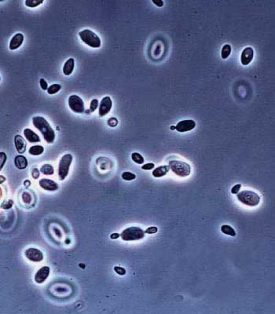
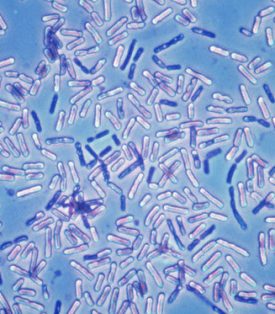
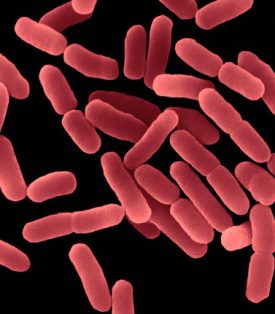
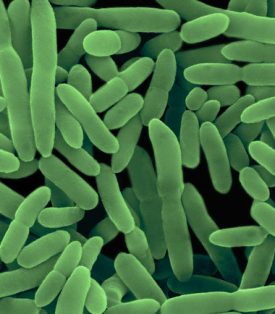
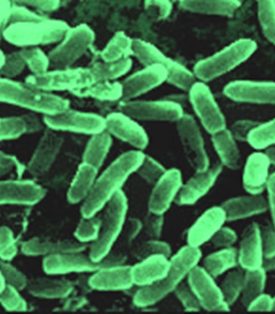
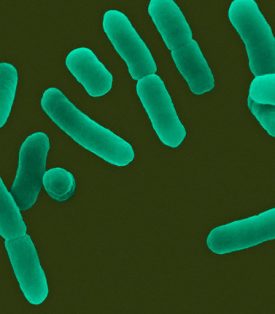
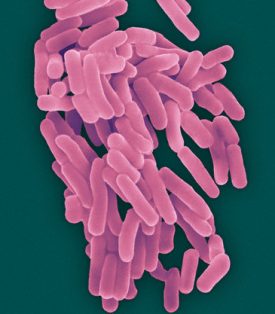
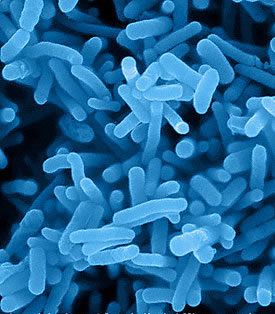
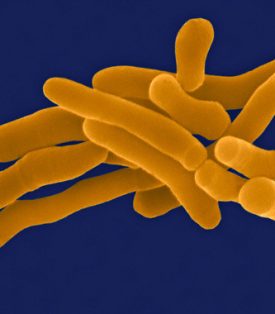
Proprenz had adopted a policy to produce pure, safe high effective probiotics, prebiotics and enzymes for Poultry, Piggery, Cattle, sheep, Pets, Aqua & Agriculture Farms. Every effort of scientific and technical being made to comply with the requirements of the market.
M/s. PROPRENZ BIOTECH PVT LTD
Flat No:101, Plot No:272 & 273,
Sri Nilaya Lake View, Deepthisri Nagar,
Madinaguda, Hyderabad – 500049.
M/s. PROPRENZ BIOTECH PVT LTD
Sy.No: 48 & 49, P.No: 1093, 1107, 1109
Near Reddy Labs, Bachupally,
Hyderabad-500090